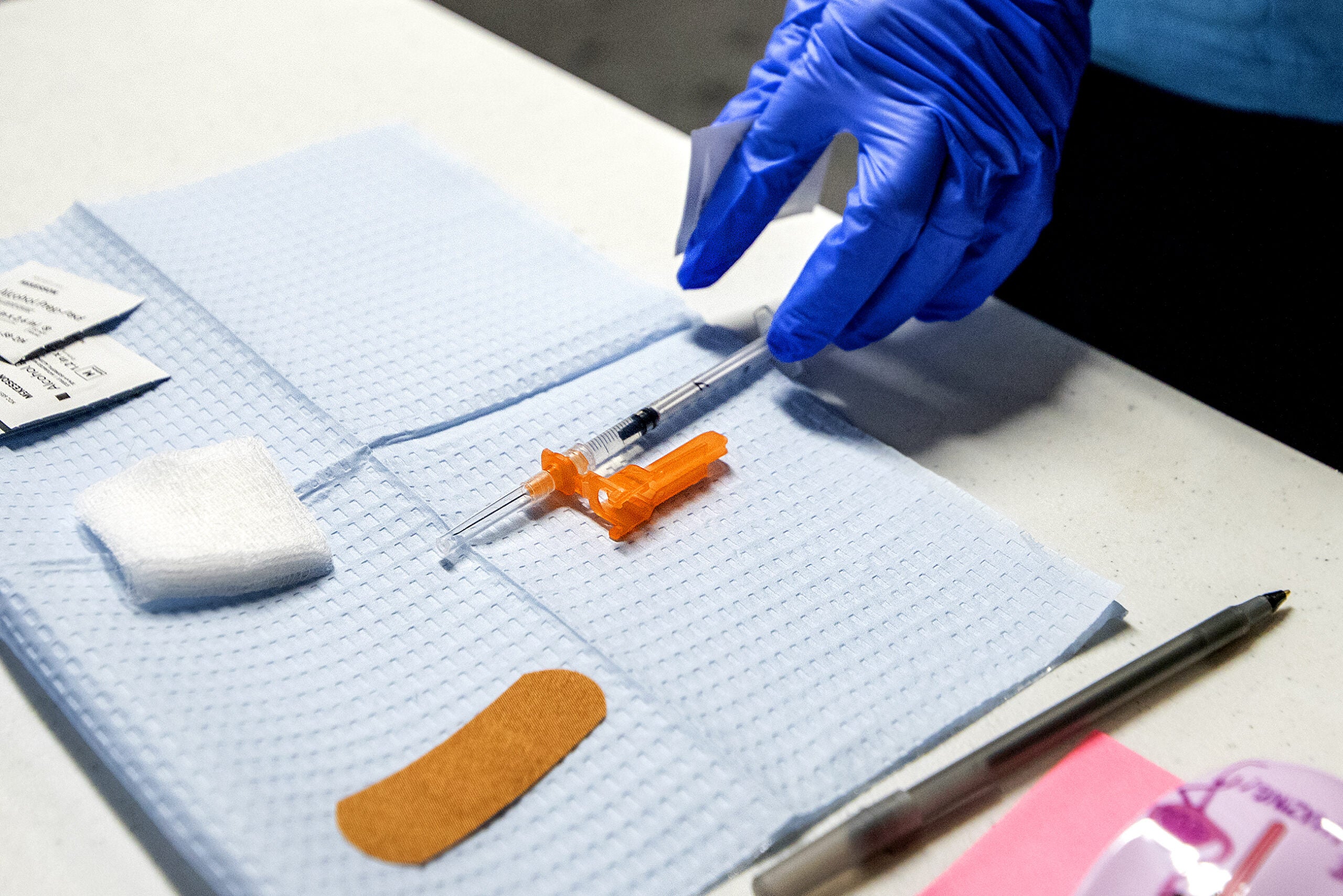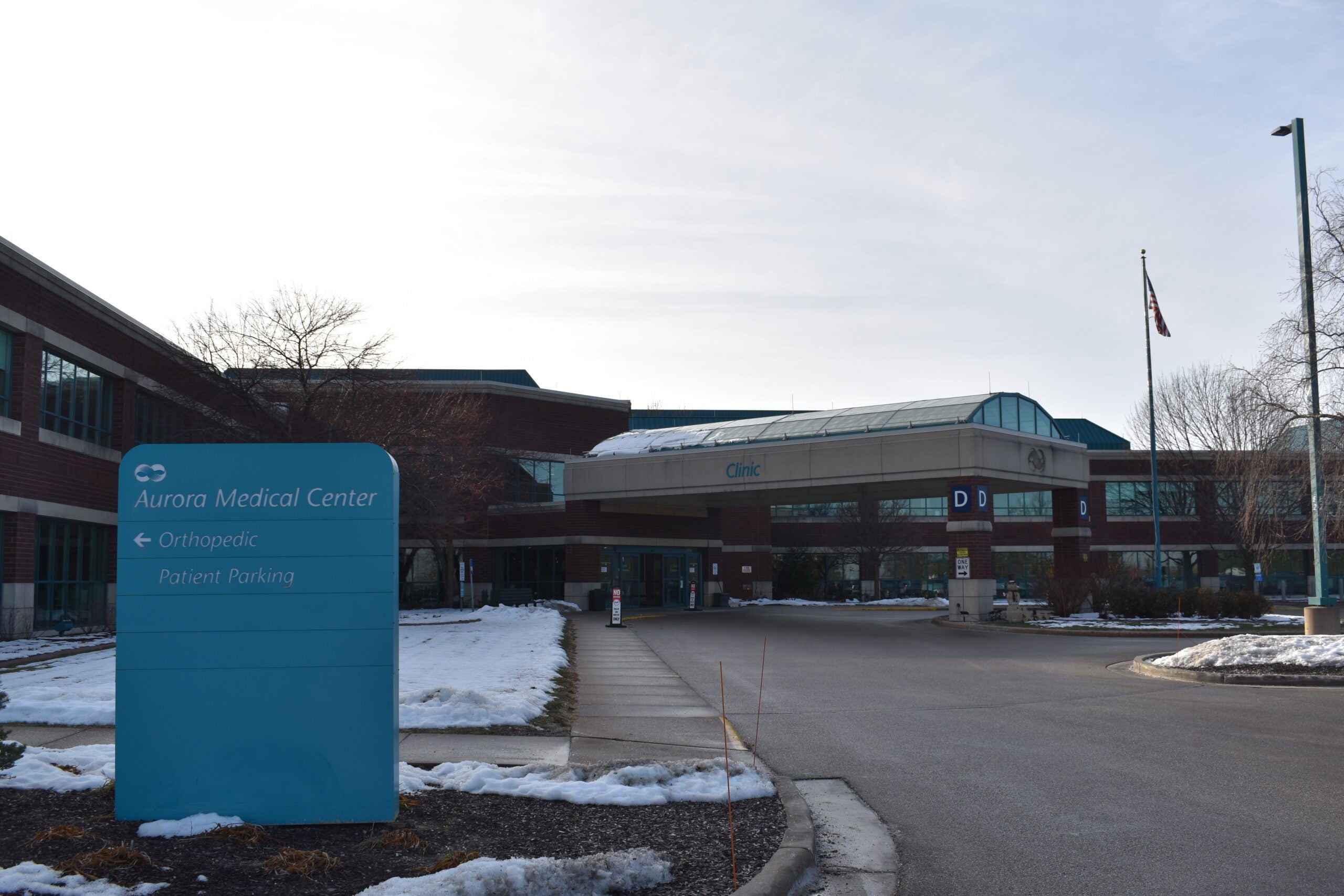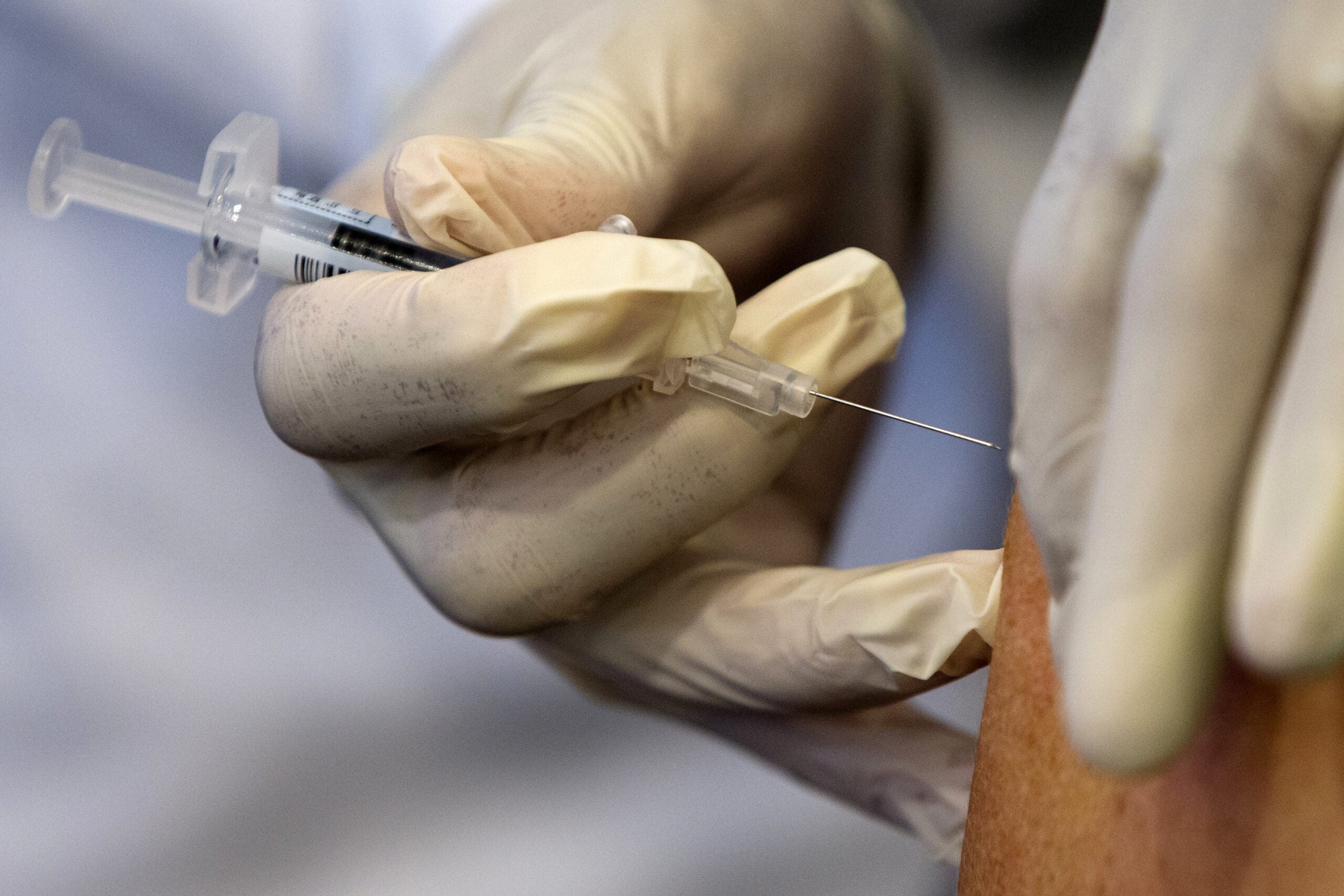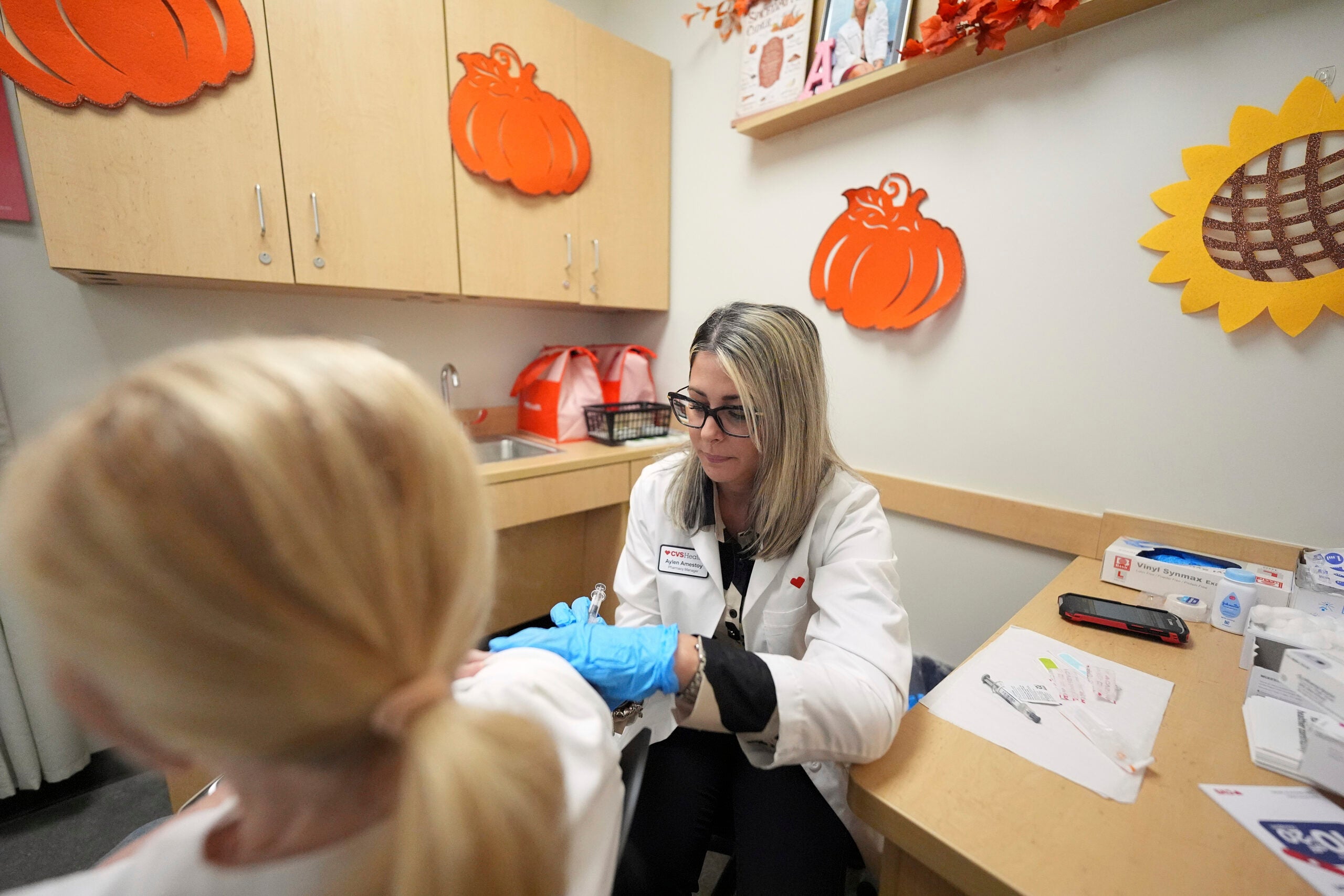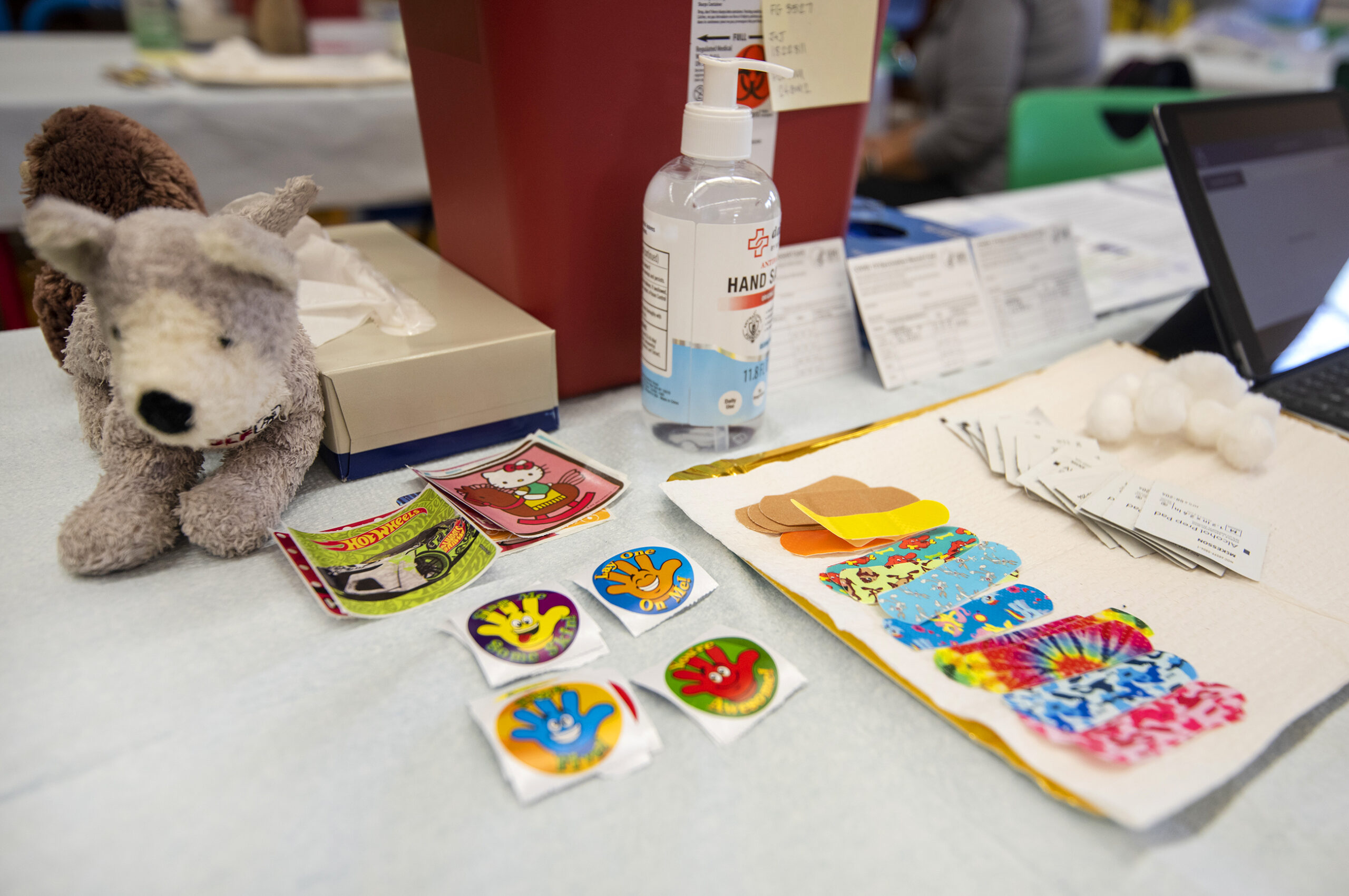It’s been around two years since the start of the COVID-19 pandemic in Wisconsin. While case counts appear to be declining, some health experts warn it’s not over yet.
Dr. Jack O’Horo, an infectious disease expert at Mayo Clinic Health System in Rochester, said during a recent call with reporters that it’s unclear when COVID-19 will transition from a worldwide pandemic to an endemic level, where a disease has an expected presence year-round or at certain times of the year.
He said many people are already familiar with influenza’s endemic activity, or what most call the flu season.
News with a little more humanity
WPR’s “Wisconsin Today” newsletter keeps you connected to the state you love without feeling overwhelmed. No paywall. No agenda. No corporate filter.
“As (influenza) activity increases during the winter, there’s a certain expected level of increase that we see that we accept as just part of normal variation,” O’Horo said.
He said part of why it’s unclear when the pandemic will end is because epidemiologists and other experts are still trying to define what the threshold is for the disease to reach an endemic level.
“Determining what that background level is will require some real research and looking at these numbers,” O’Horo said. “The fortunate thing right now is we’re continuing to see numbers fall as we approach this new normal.”
According to the Wisconsin Department of Health Services, there was a seven-day average of 467 new cases reported daily as of Tuesday. That’s down significantly from the state’s all-time high on Jan. 19, when there was an average of 18,798 daily cases.
With high levels of natural immunity from recent cases and higher vaccination rates, O’Horo is optimistic that new cases will continue to decline this summer.
He said responding to local disease activity rather than state or national numbers will be one of the most important transitions in reaching an endemic stage. He points out the latest guidance from the Centers for Disease Control and Prevention makes recommendations for masks and social distancing based on county-level disease activity.
“It is different than the nationwide or even worldwide perspective we’ve had at different points in the past,” O’Horo said. “In this endemic phase, we’re really looking at that local transmission level, that local background activity and spikes above that, which means keeping abreast of what is the local conditions.”
He said public health authorities will continue to play an important role in monitoring local conditions and people should still pay attention to recommended health precautions like wearing a mask.
“Just because it’s safe to take off the mask three counties over in one setting doesn’t mean it’s safe to do the same in this county in a more vulnerable setting,” he said.
Vaccinations will continue to play an important role in preventing new outbreaks of COVID-19. But O’Horo said it’s not clear how often people will need to get a jab. He said there’s a possibility that health experts could recommend an annual vaccine like the flu shot, or even develop a combined flu and COVID-19 vaccine.
“That’s what keeps the disease in check, what keeps it manageable enough that we don’t overwhelm our hospitals and clinics like we have in the past few years of this pandemic, and helps keep us in a more normal phase of life,” he said.
O’Horo warns that achieving an endemic level of virus spread does not eliminate the possibility that another COVID-19 epidemic — where cases surge above normal in a specific region — or even pandemic, could happen.
“This is unfortunately not a one-way door,” he said. “That’s something that we see with influenza, where every few years there’s a strain that’s worse than others and becomes an epidemic or pandemic strain.”
But after living through the last two years, O’Horo is hopeful that people’s awareness about the importance of public health measures and researchers’ abilities to quickly develop new vaccines will prevent the region and the world from having to experience another pandemic.
Wisconsin Public Radio, © Copyright 2026, Board of Regents of the University of Wisconsin System and Wisconsin Educational Communications Board.
